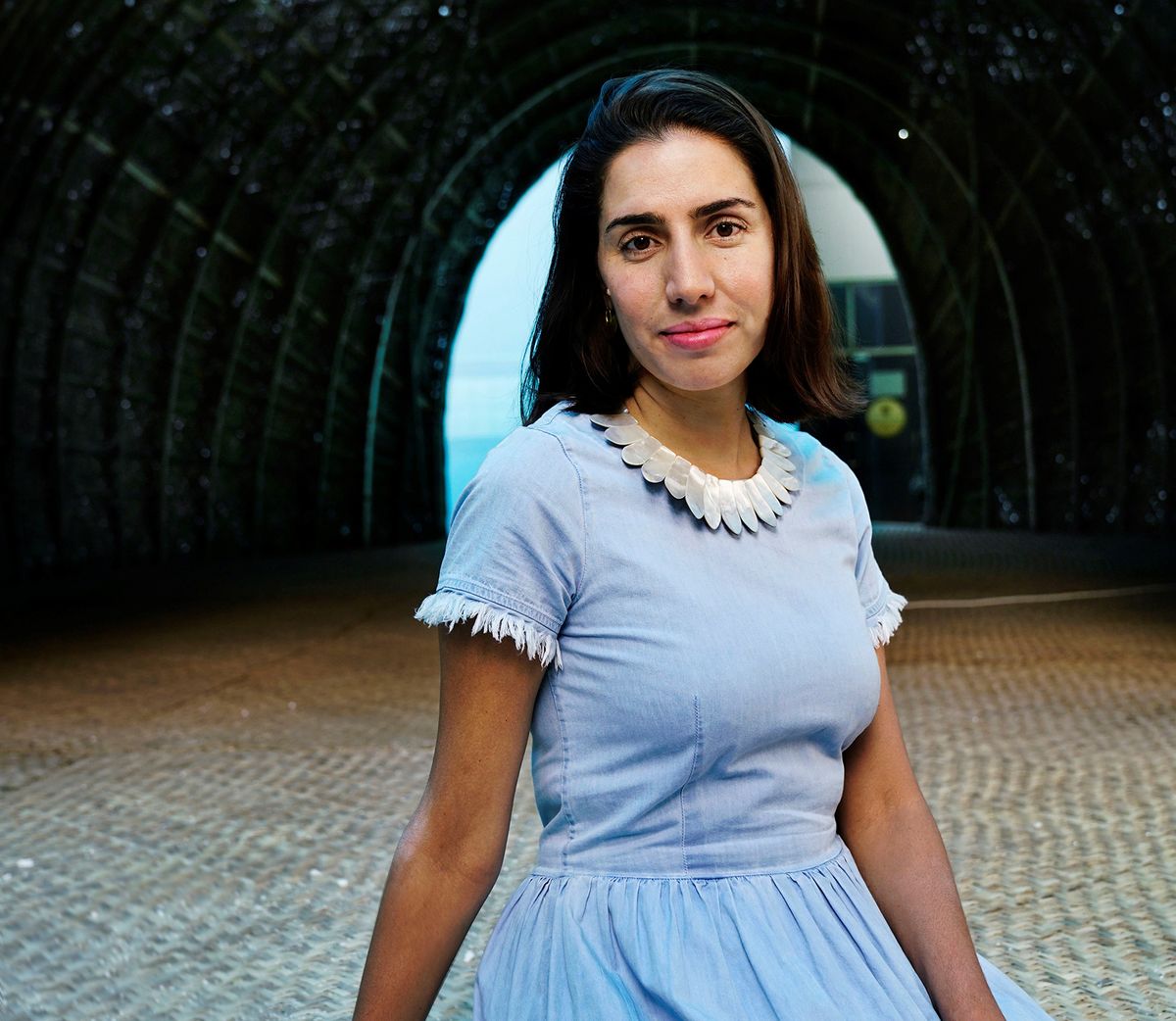Diana Campbell Betancourt has overseen the fourth edition of the Dhaka Art Summit (until 10 February), bringing together more than 300 artists across ten exhibitions held at the Bangladesh Shilpakala Academy. Meanwhile, more than 120 speakers have also descended on the Bangladeshi capital for 16 panel discussions and two symposiums. We asked her how she has raised the bar for an event that only launched in 2012.
How do you approach organising an event on this scale?
I look at the summit as a holistic project, it won’t exist forever. There will be a 2020 edition and each time I can re-invent the format. But it does not get easier because I every time I pull a rabbit out of a hat, everyone thinks that is normal. For the second summit—the first one I worked on—we showed Shahzia Sikander’s incredible video Parallax (2013) which needs three projectors, it is a 60-foot long immersive projection. It is incredible that I pulled that off here.
Is it a challenge logistically?
Yes, but what is wonderful is that there is this incredible ocean of friendships. Sharjah Art Foundation lent us the technology that enabled us to show Shahzia’s work and White Cube is insuring $2m worth of Raqib Shaw’s paintings. But I get around it. There is no insurance in Bangladesh but I need it, so how do I find it? If galleries are taking their works to art fairs around the world, there must be some kind of insurance. I looked it up and there is [international insurance], Bangladesh is covered so that’s how we do it.
The focus of this year’s summit has widened, encompassing more of south-east Asia and the Indian Ocean belt. Why is that?
We had to [widen it]. This all started from the Rohingya [refugee] crisis [in 2015], so when you look at this block, you see how it connects to south-east Asia. I also run a foundation full-time in the Philippines, which is where I’m based, and I’m on flights with all the migrant workers. There are millions of south Asians in south-east Asia and they are invisible. If you look at Indonesia, there is a huge Indian influence but this is from ages back. These regions are political terms, and they are not just cultural terms.
Do you see the impact of the summit both here and abroad?
That is what keeps me here. I have never been in an environment that is this inclusive, where a rickshaw driver and [the director of the Museum of Modern Art, New York] Glenn Lowry can be looking at the same wall. I get annoyed sometimes when people keep focusing on poverty, poverty, poverty. The strides that this country has made in 50 years after the famines, the floods—it’s incredible. Bangladesh has the highest female purchasing power in south Asia. I don’t notice my gender here; I can be a person.
And what has been the greatest revelation this year?
If you look at the Asian Art Biennale show [in the summit], there are works by Filipino artists that we found in storage. The Filipinos donated their pavilions [and paintings] to the Asian Art Biennale. I found six of them. These trans-national stories are really important.


